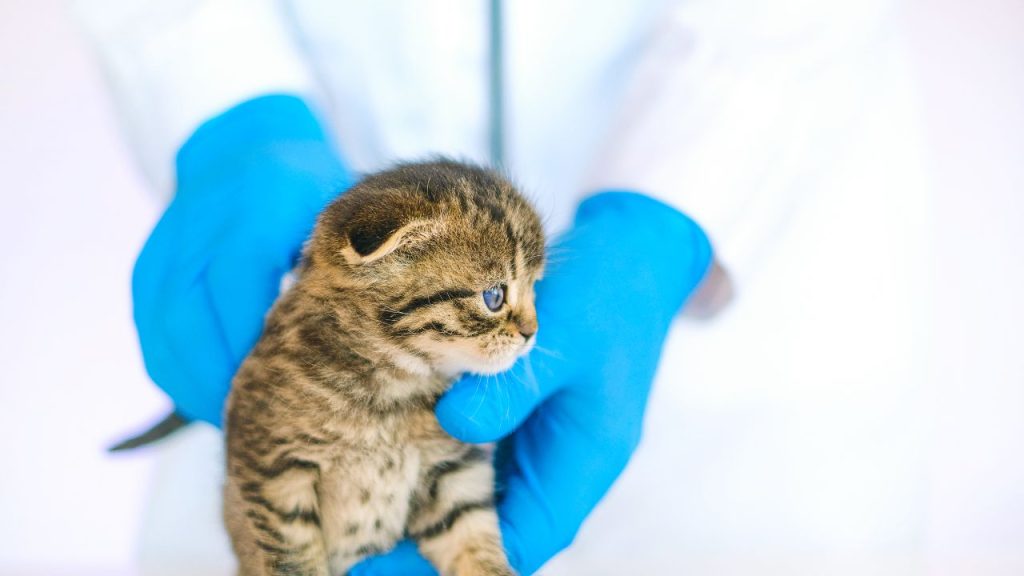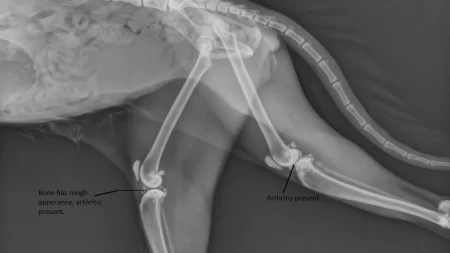No, cats do not have periods as humans do. They experience a reproductive cycle called “oestrus” or “heat“, which involves ovulation and hormonal changes, but not menstruation.
Do you see odd stains on your cat’s fur? Are you pondering if your pet could have its period? Get your answers now!
Do cats have periods? What is the best way to look after them during this time? You will know soon!
Cats experience physical and behavioral changes during their reproductive cycles, just like other mammals. This is called a ‘heat cycle’ or ‘menstruation.’ It is different than how it works for humans. To understand cats’ periods, we must explain their reproductive cycle.
Cats’ periods generally start at 6 months old. But, the environmental factors of a colony can affect the hormones, concerning reproduction. So, females will have several heat cycles a year.
The frequency and duration vary depending on the season, temperature, etc. A heat cycle generally lasts 1-2 weeks and ends if the cat mates or starts another cycle of waiting. Cats display physical and behavioral signs during these periods, to show they are looking for a mate or marking territory.
Anatomy of Cats
Cats are unique! Different from humans and other mammals, cats do not have a menstrual cycle. This is known as an estrous cycle, or the “heat” or “mating” cycle.
Female cats do not bleed like humans during their reproductive cycle. The endometrial membrane inside the uterus thins out and releases a yellow-tinged discharge. This helps form a hospitable environment for eggs. Females usually search for males during this time.
Male and female cats may behave similarly during their mating seasons. However, their anatomy is different enough to have very different reproductive cycles. Female cats don’t have periods; they go through estrous cycles that center around implanting fertilized eggs into the uterus.
Reproductive System of Cats
Cats are called “seasonally polyestrous” species. This means they have many heat cycles in a year. Females usually have their first estrous cycle at puberty, which may start as early as 4 months and usually occurs between 6-12 months.
The reproductive system of cats consists of the ovaries, uterus, cervix, and vagina. Ovaries contain many follicles (immature eggs). These follicles produce hormones responsible for fertility and ovarian activity. During heat, hormones are released that prepare the cat for pregnancy. These hormones also cause behaviors such as vocalization and restlessness to attract males. Sometimes a female cat shows signs of heat, even though she can’t get pregnant due to health issues or stress.
When her cycle is over, she goes into anestrus, a period without interest in mating or attention from males until the next cycle. Usually, cats have 3-4 estrous cycles per year, depending on daylight hours.
Heat Cycle and Oestrus
Cats don’t menstruate, unlike humans. They have a reproductive period called a heat cycle or oestrus cycle. This cycle is affected by daylight and can last from seven to ten days, repeating every two to three weeks.
During this time, the female cat may become more vocal, restless, and meow more than usual. She may also flag her tail, and allow her hind end to be raised when held. Female cats may mark areas with urine as a signal to male cats that she is ready for mating. These signs usually persist until another sign of sexual receptivity appears; successful mating by a tomcat.
Do Cats Have Menstrual Periods?
Cats do not have menstrual periods like humans. This confusion is from their estrous cycle, which is also known as ‘heat’. During this cycle, cats are affected by hormones and act differently.
Physically, cats in heat are called ‘queens’. Queens may roll around, be more affectionate, and vocalize more. This vocalization is to attract mates.
Heat cycles last two weeks and can happen up to five times a year for an adult cat. However, kittens may have more frequent cycles until their hormones settle down.
During their receptive period, female cats release pheromones through their urine, which attracts male cats. There may also be a vaginal discharge, but cats do not actually bleed. This is why pet owners should spay their cats, to avoid unwanted pregnancies from tomcats.
Signs of Heat in Cats
Cats do experience a heat cycle, also known as oestrus. It usually starts at ages 6 months to 2 years old, about twice a year for cats with access to intact males.
During the cycle, cats become very affectionate. They rub their heads on surfaces and roll around. They also vocalize more, with yowling and howling. They may also urine mark, which is an instinctive way of telling their owners something. Plus, they may try to escape outside to find a mate.
Be aware that cats may have false pregnancy periods where they act similarly, but there will be no changes in their body. This usually resolves itself before lasting behaviors develop.
Health Concerns Related to Heat Cycles
Cats don’t have periods, but they do have a heat cycle or oestrus. This brings physical and behavioral changes that can cause health issues. Cats will be attractive to males, displaying behaviors like rubbing, rolling, vocalizing, and peeing a lot. Territories can become disputed from multiple males around the same female. Cats may also pace or cry for long periods because of hormones wanting sexual activity without the ability to mate.
It is important for cat owners to understand that cats in heat will try to escape to mate, so it’s best to get them spayed. Spaying prevents pregnancies and reduces health issues such as hormonal imbalances and medical conditions related to the feline reproductive cycle – like mammary tumors or ovarian cancer. Discuss with a vet when and how to spay based on the cat’s age and current medical profile.
Conclusion
Female cats don’t menstruate – the cycle they go through is called a “heat period”. This is different from humans, as cats don’t have any blood discharge. They ovulate during this period – unlike humans, who ovulate spontaneously.
If you want to provide your cat with the best care, it’s important to understand the differences between these two cycles. If you have any concerns about your cat, contact your vet straight away.







